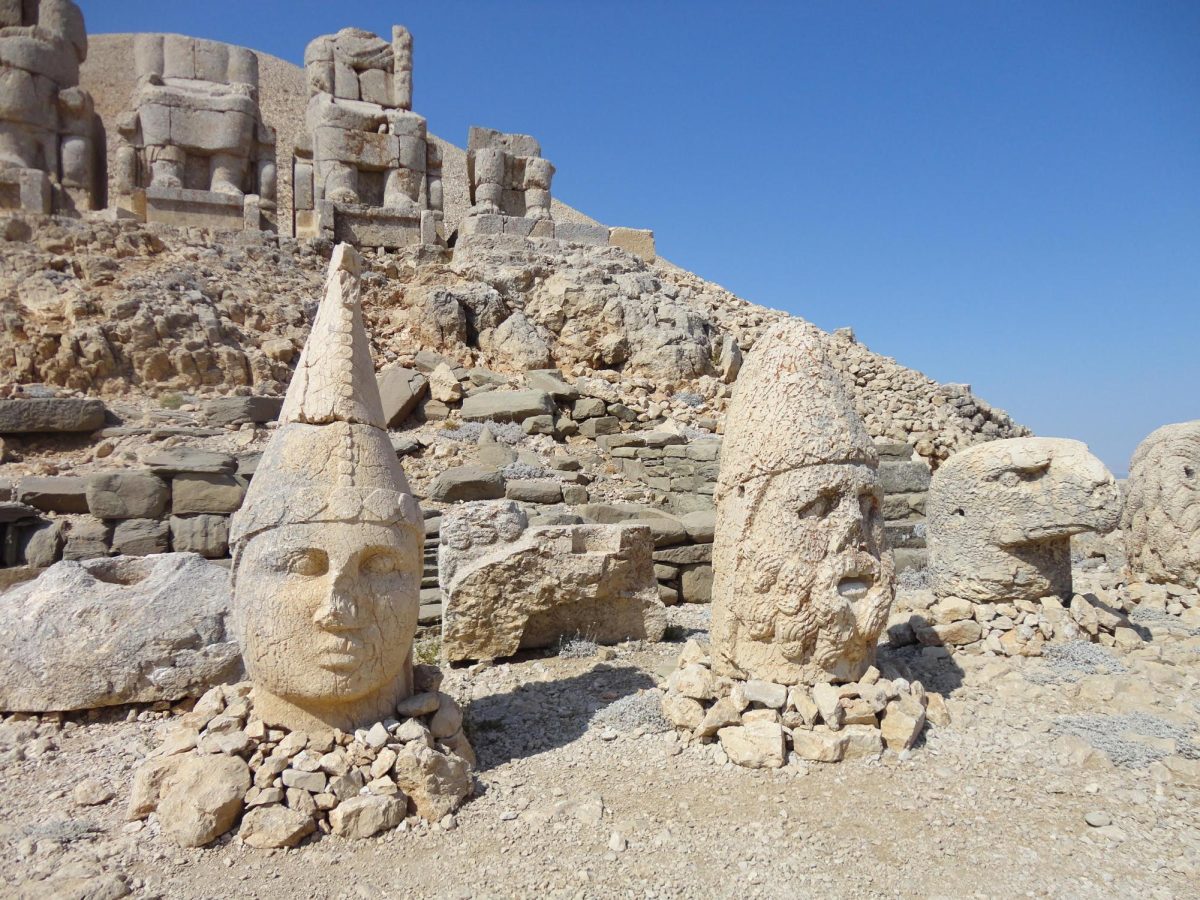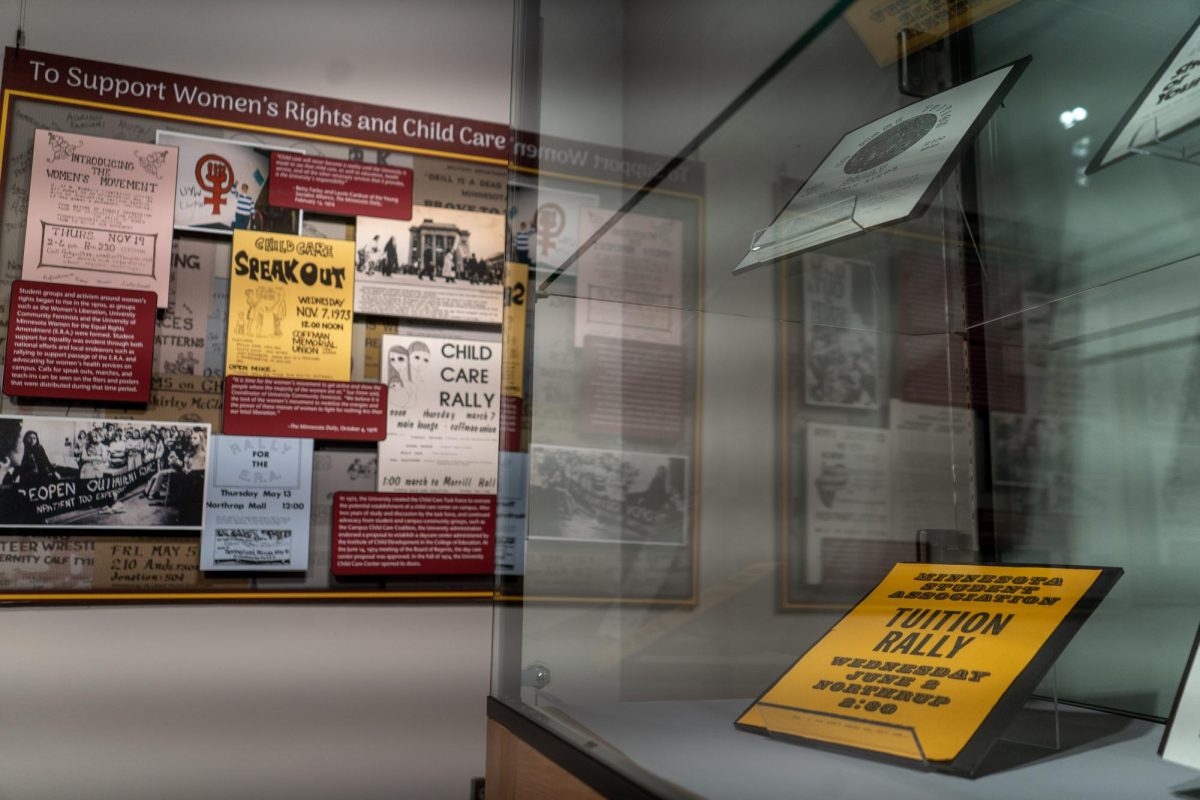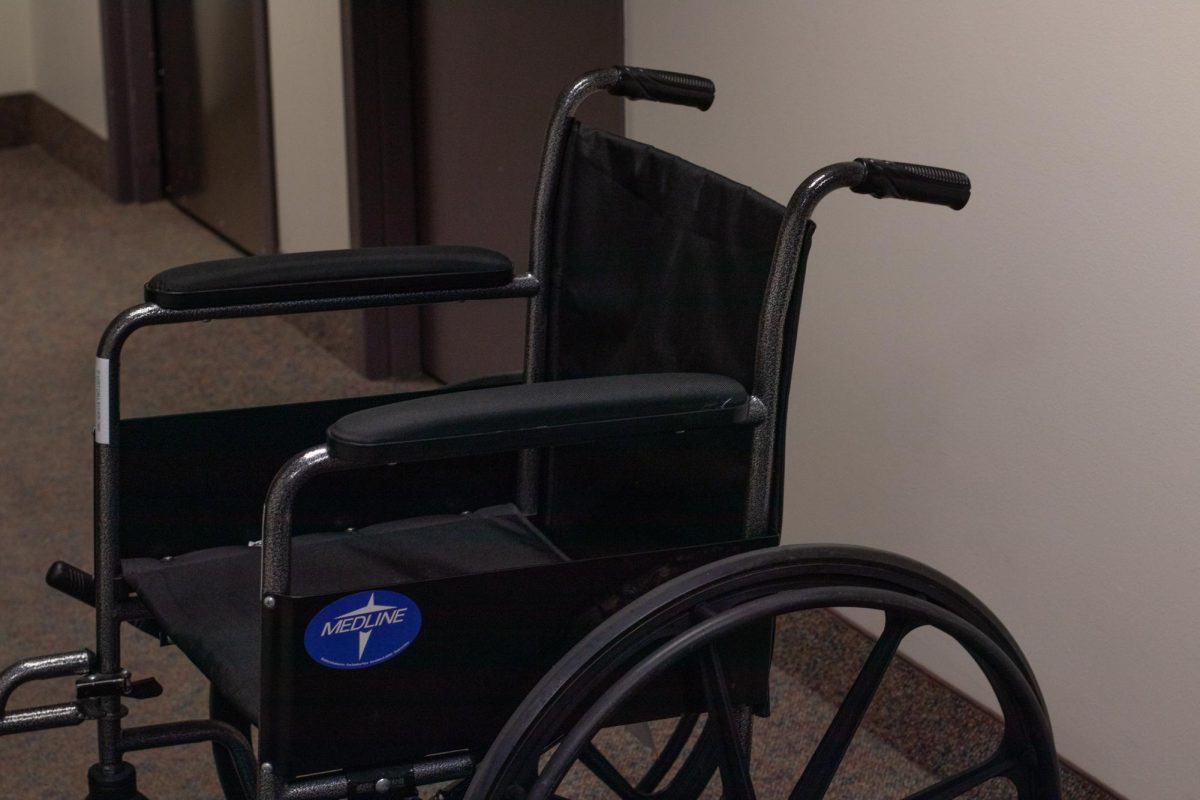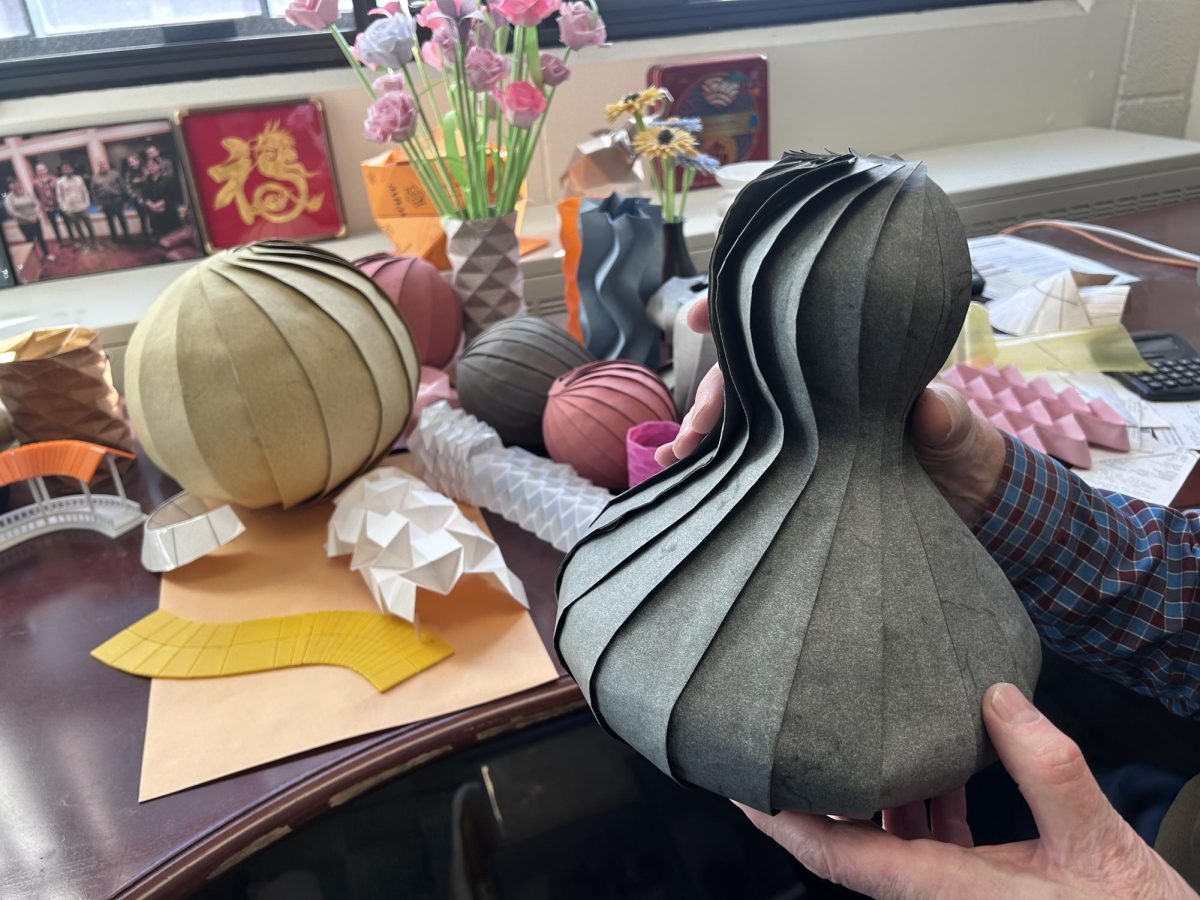An international survey effort headed by researchers from the University of Minnesota’s Department of Earth & Environmental Sciences (E&ES) accurately determined the age and formation of the East Anatolian Fault for the first time.
Made up of researchers from the United States and Turkey, among other countries, Continental Dynamics-Central Anatolian Tectonics (CD-CAT) used seismic imaging to determine the five million-year-old fault had been formed by tectonic plates colliding with and burrowing underneath each other.
The original focus of the research, according to Donna Whitney, head of E&ES at the University and director of the study, was not to date the East Anatolian Fault. Instead, the researchers were asking where the boundary of Anatolia was and why it looked the way it did.
“Our question was, ‘Where’s the boundary between those [plates], and is this fault that we’re finding out some interesting things about — is that the boundary?’ And really, it seems it is,” Whitney said.
Whitney said the area of study was the “triple junction,” where Anatolia, the Arabian and Eurasian Plates have become sutured together under the surface due to the collision between the plates. This is the same area where earthquakes rocked Turkey and Syria in February 2023 originated.
The researchers began by dating volcanic rocks that emerged from the fault. These rocks were dated at three million years old, which Whitney said was still younger than the fault itself. To accurately find the age of the fault, researchers had to take a deeper dive under the Earth’s crust.
Even after the collision sutured Arabia and Eurasia, as Whitney explained, the extremely hot mantle hundreds of kilometers below the Earth’s surface was still active. As the fault formed, even hotter liquid emerged from the mantle and left concentrated geological markings of surrounding rocks.
According to Whitney, the researchers were able to look at rocks within the fault that were reheated by the hot liquid that emerged from the mantle. Once the liquid reheated the rocks, geologically, they were essentially new rocks and could give an accurate picture of when the liquid first emerged — the same time the fault began to form.
“Our hypothesis was that rocks in the fault had been reheated — that resets these isotopic clocks that we were looking at,” Whitney said. “When you date the minerals, you’re getting the age of when the reheating reset the isotopes.”
Christian Teyssier, a professor with E&ES, explained the upper mantle under the Arabian Plate continues north past the fault until stopping abruptly close to the triple junction. The movements of this mantle under the surface that formed this fault could continue to influence the shaping of the Earth eons into the future.
“If Arabia continues to push toward the north, the deformation [in the Earth created by the fault] could jump towards the Central Anatolian Fault, for instance,” Teyssier said.
Nuretdin Kaymakci, a professor of geological engineering at Middle East Technological University in Turkey, confirmed the volatility of tectonics in this area. Since Anatolia is being dug into by Arabia and Eurasia colliding with each other even further, eventually, in millions of years, the collision between the two plates will push Anatolia out.
Kaymakci said the phenomenon is “like a lemon seed being squeezed between two fingers.”
In this instance, the Arabian Plate is the thumb and the Eurasian Plate is the pointer finger. When the lemon seed, or Anatolia, is squeezed between them for too long, it will eventually shoot out.
“The Arabian Plate is pushing Turkey towards Eurasia, and then, the material caught in between is just flung westward,” Kaymakci said.
CD-CAT was funded by the National Science Foundation grant in 2011, which was supposed to last until 2016 but received an extension until the project’s completion in 2019. Whitney said it was a massive group made up of both students and experts within the field.
Even after the earthquakes in Turkey and Syria in February 2023, Whitney and Teyssier met with colleagues on the project over Zoom to discuss the effects these devastating natural events had on the areas they had been working together to research for almost a decade.
Whitney and Teyssier said new research based on this project is already in the works. Jonathan Delph, a researcher at Purdue University who was involved with the CD-CAT project, will be back in Turkey leading a new project on the relation between the surface and the depths of the area.
“If we use the method that has not been used systematically, on the North Anatolian Fault, for instance, it can open some possibilities to revisit some of the faults that we think we know and maybe learn more from it,” Teyssier said.














